The Brazilian Amazon has seen a concerning increase in wildfires, reaching a total of 13,489 in the first half of this year. This figure marks the highest count in 20 years, with a notable 61% rise compared to the same period last year. Experts attribute this surge largely to a historic drought that affected the rainforest in the previous year, making vegetation more susceptible to fires.
Since records began in 1998, only 2003 and 2004 saw higher numbers of wildfires in the Amazon during the January to June period. This increase comes despite a significant reduction in deforestation rates, which have dropped by 42% from January 1 to June 21 compared to 2023 levels.
President Luiz Inacio Lula da Silva's administration faces challenges as the increase in wildfires contrasts with efforts to reduce illegal deforestation. Lula has pledged to halt illegal deforestation by 2030, aiming to reverse the trend that worsened during his predecessor Jair Bolsonaro's tenure.
According to Romulo Batista of Greenpeace Brazil, climate change exacerbates these wildfires due to decreased precipitation across Brazil's biomes, making vegetation dryer and more prone to ignition. Most fires are believed to be caused by human activities, particularly agricultural burning, rather than natural causes like lightning strikes.
The alarming trend extends beyond the Amazon. The Pantanal wetlands and the Cerrado savanna have also experienced record-setting wildfire activity in the first half of 2024. The Pantanal saw a drastic increase of over 2,000% in wildfires compared to last year, with similar worrying trends observed in the Cerrado, a vast and biodiverse savanna ecosystem comparable in size to several European countries combined.
Efforts are underway to combat the fires, with Mato Grosso state declaring a state of emergency and deploying firefighters to battle blazes in the Pantanal. However, with the peak of the wildfire season typically occurring in the drier second half of the year, especially in September, the situation remains precarious for these critical ecosystems.



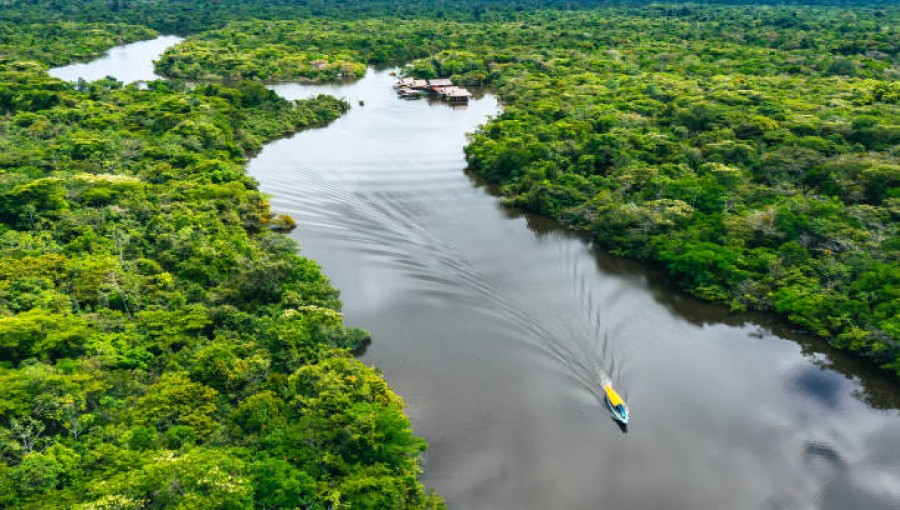
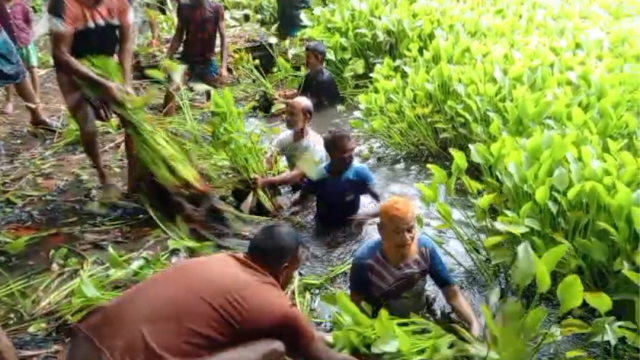
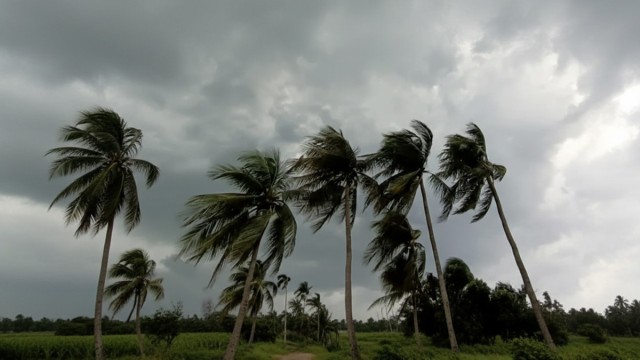
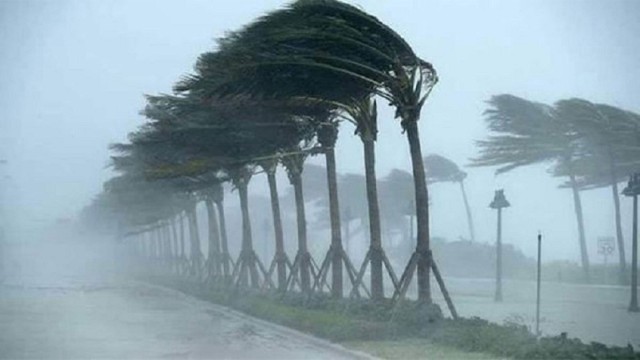
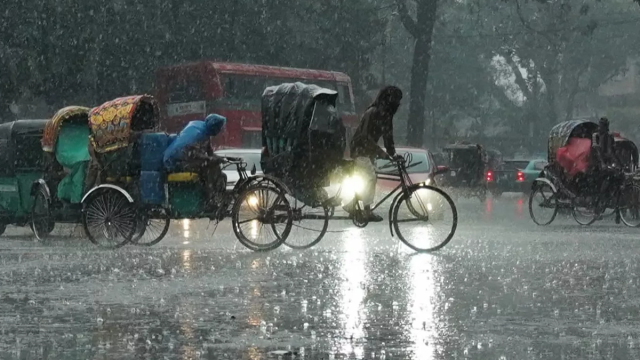
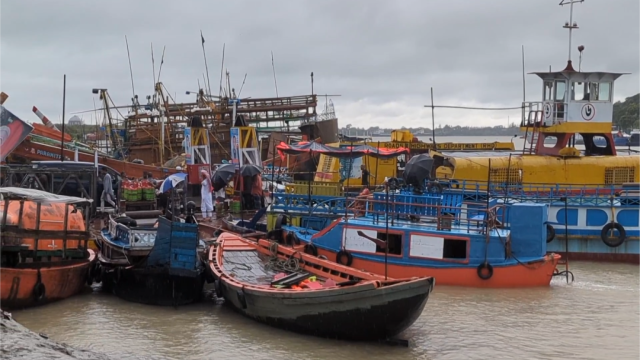
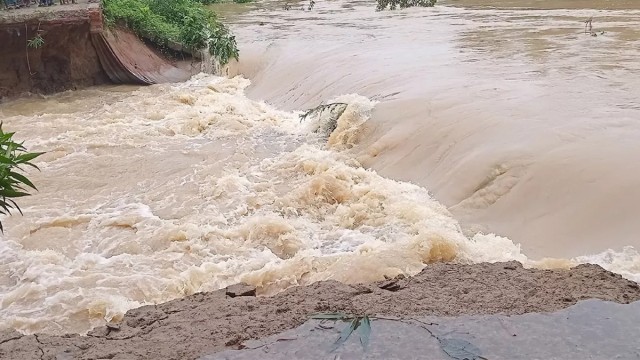









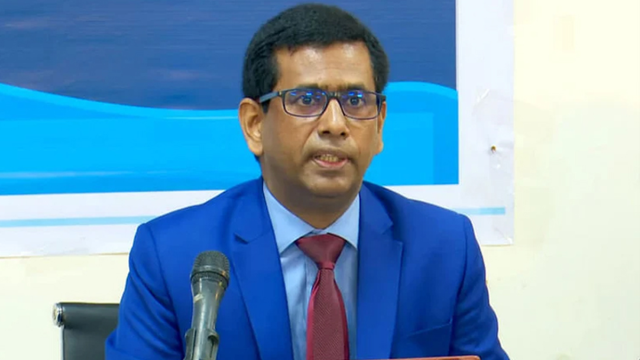











Comment: